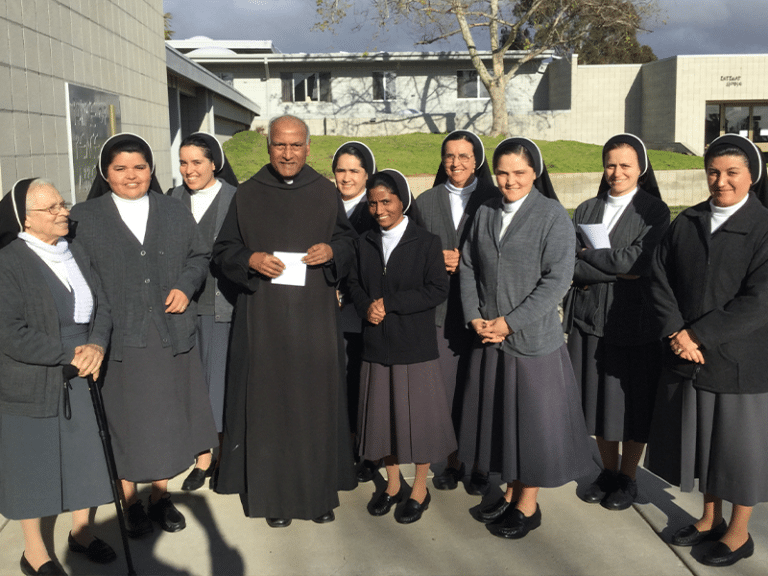Monasticism in the U.S.
Monasticism has played a pivotal role in Christian history, embodying a profound dedication to spiritual life and community. Its origins trace back to the early centuries of Christianity, where individuals sought solitude and prayer in the deserts of Egypt. Notably, Coptic monasticism, founded by figures like St. Anthony the Great and St. Pachomius, laid the foundation for Christian monastic practices. These early monastics formed communities focused on prayer, manual labor, and spiritual discipline, creating a legacy that would influence Christian monasticism for centuries.
In the Catholic tradition, monasticism flourished with various orders, each having unique charisms and lifestyles. Among the most influential are the Benedictines, established by St. Benedict of Nursia in the 6th century. Benedictine monks follow the Rule of St. Benedict, emphasizing a balanced life of prayer, work, and community living.
In the United States, Benedictine monasteries are diverse in their structure and focus. Some, like St. Meinrad Archabbey in Southern Indiana, run schools and parishes, blending monastic life with educational and pastoral responsibilities. St. Meinrad Archabbey, for example, operates a seminary and school of theology, offering rigorous academic programs while fostering spiritual growth. These monasteries are deeply integrated into their local communities, providing education from elementary through college levels and offering parishioners spiritual guidance and support.
On the other hand, some Benedictine monasteries concentrate solely on the contemplative life, free from the additional responsibilities of running schools or parishes. These communities emphasize a rhythm of prayer, manual labor, and study, seeking to create havens of peace and reflection. For instance, Prince of Peace Abbey in Southern California is renowned for its focus on contemplation and work, providing retreats and spiritual direction to those seeking respite from the busyness of daily life.
Whether engaged in education and parish work or devoted exclusively to contemplation, Benedictine monasteries in the U.S. offer a vital spiritual resource. They exemplify the enduring legacy of monasticism, adapting to contemporary needs while maintaining their commitment to a life of prayer and service. Through their diverse expressions, these monasteries continue to inspire and support individuals in their spiritual journeys.

